- Ê
- Â
å Sunday, November 15th, 2015
Info about Gallery
I find Bill’s work very interesting, especially in his Concrete Art. He has simple abstractions with geometric shapes. His use of color is also done in complimentary ways in similar hues. There’s no figurative or natural elements, just pure abstraction. His designs contain clarity and has precision to it. I find his forms to be very masculine and angular. It would create a great contrast in who the panelists are in the exhibition. It would be called Max Bill: Concrete Masculinity, Feminine Color Theory, where the use of color is explored in his masculine forms. This would touch upon his design in his paintings, since I believe they really capture his artistic talents and show a different light to his graphic design.
Old Bio
Max Bill was a Swiss graphic designer, painter, architect, sculptor, and product designer who lived from 1908-1994. He is associated with Concrete Art and Environmental Design. He studied at the Dessau Bauhaus where he was taught by renowned artists like Josef Albers, Wassily Kandinsky, and Paul Klee. He received a well rounded education at the Bauhaus where he learned various mediums of art. His work dominates in the medium of painting where he had begun in landscapes and portraits until in 1931 he began geometric abstraction in his works in Zurich. In the 1930s he was a member of the Parisian artist group known as the “Abstraction-Création”, where he began exhibiting his work. In Paris he befriended artists like Mondrian and Hans Arp.
While creating more abstract works, Bill began formulating the Principles of Concrete Art, where he is known to be one of the founders and great contributor to this genre. Concrete Art is a genre of abstract art which has no figurative or symbolic references, it has to be wholly devoid of natural elements. It is known as the purest form of abstraction. It is evident Bill definitely was able to develop and refine this genre from his education with Kandinsky.
In 1952 Bill was the architect and head of the department for architecture and product form at the Ulm School of Design. He continued the traditions of the Bauhaus at the Ulm School of Design. His forms and teachings were always re-interpreting the Bauhaus theory. The theory basically was form follows function. He studied at other various institutions and continued to lecture and write about his counterparts and artistic theory. His publications turned him into the most “fruitful stimulators of Modern Concrete Art in post-war Europe among the Bauhaus generation of students”.
Bill was an incredibly diverse artist. He designed a series of clocks and watches for a company called Junghans. He also designed various pieces of furniture. He also created various sculptures which were spherical in form and made from stone, metal, wood, and plaster. Many of his sculptures were created for outdoor viewing. One of his most popular sculptures is the “Pavilion Sculpture”. It’s clear lines and structure are simple and abstract.
I really find his work wonderful and fascinating. I’m becoming more and more fascinated in abstract art. I am always drawn to the Bauhaus style and schooling method. I really connect to Max Bill, because I want to be a graphic designer who also works in studio art and other mediums as well.
Old Signature Bullet Points
- He was a major supporter and artist in the genre known as Concrete Art.
- He created forms that could be understood by the senses. It is characterized by its clarity in the design and precise proportions.
- He was an incredibly versatile and well-rounded artist. He was not only a graphic designer, but was a sculptor, silversmith, architect, painter, furniture maker, and more.
Max Bill. Variation 12. 1938
Old Post Links
Meaning of Bill’s “Pavilion Sculpture”
-
Classroom
-
Recent Posts
Recent Comments
- Danielle Vizard on Thinking with Type — TEXT
- Danielle Vizard on Digging’ It!
- Jenna on Thinking with Type — TEXT
- Jenna on Digging’ It!
- Elizabeth Robinson on Digging’ It!
Archives
- November 2023
- August 2023
- May 2023
- April 2023
- March 2023
- February 2023
- January 2023
- December 2022
- November 2022
- October 2022
- September 2022
- August 2022
- July 2022
- June 2022
- May 2022
- February 2022
- December 2021
- November 2021
- October 2021
- September 2021
- August 2021
- June 2020
- February 2018
- December 2015
- November 2015
- October 2015
- September 2015
- August 2015
Categories
-
About
KSC GRAPHIC DESIGN
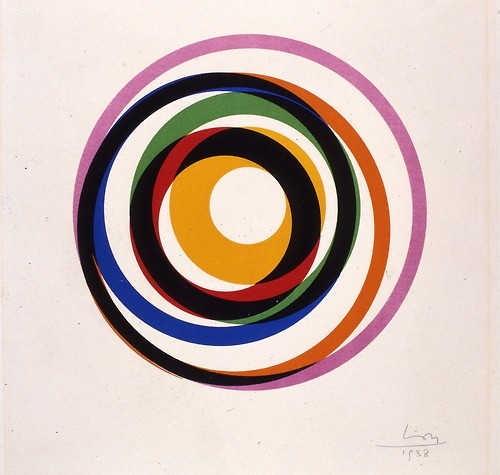
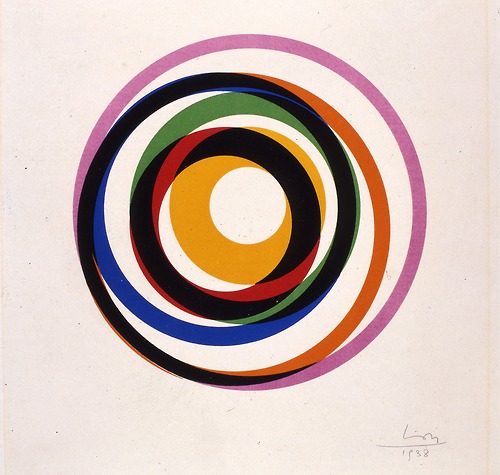

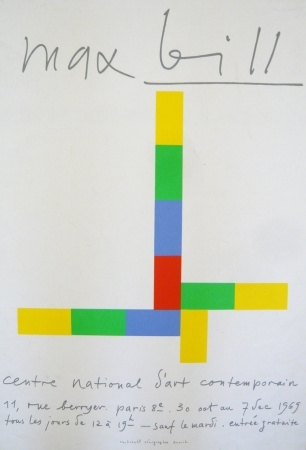

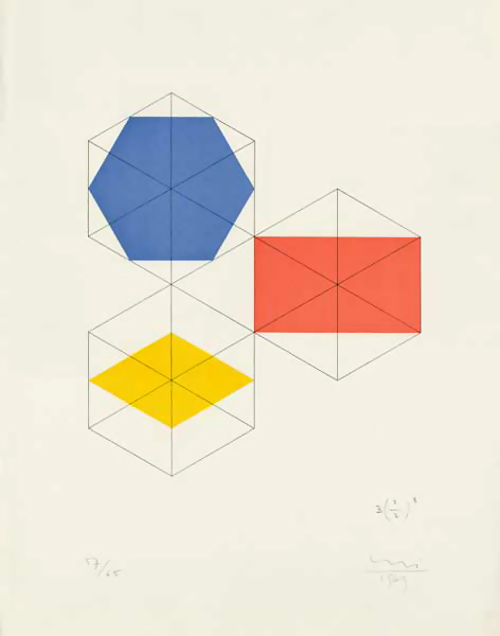

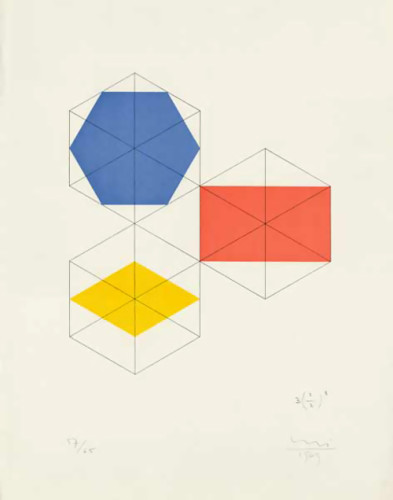
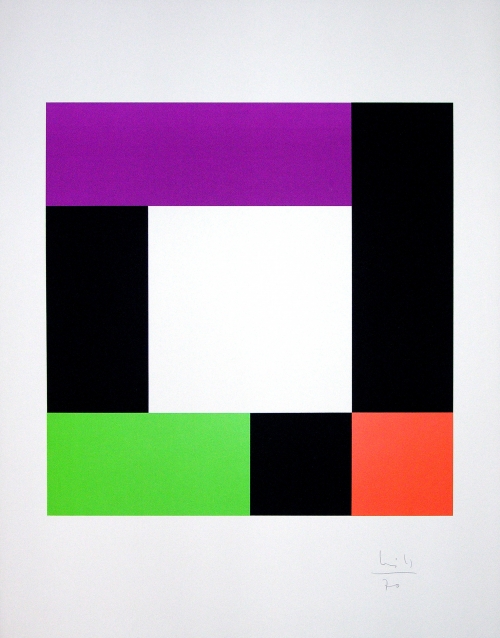

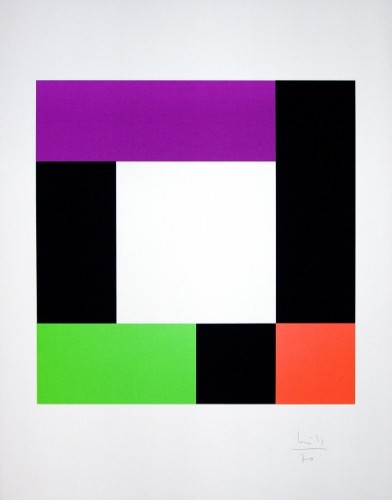
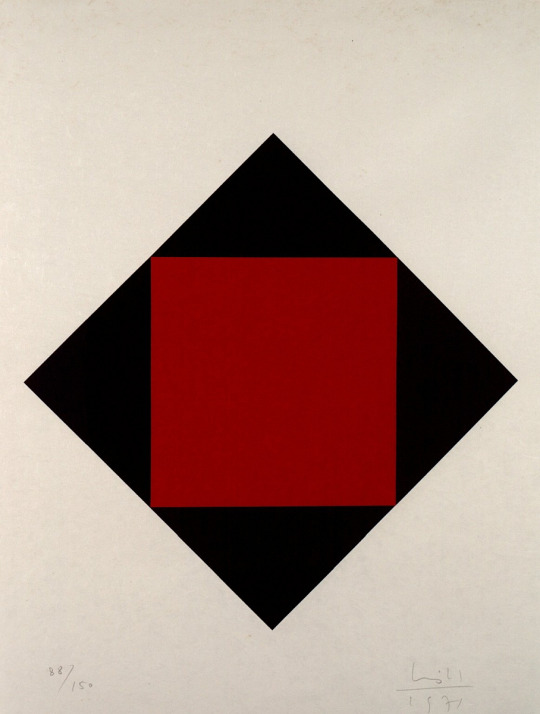

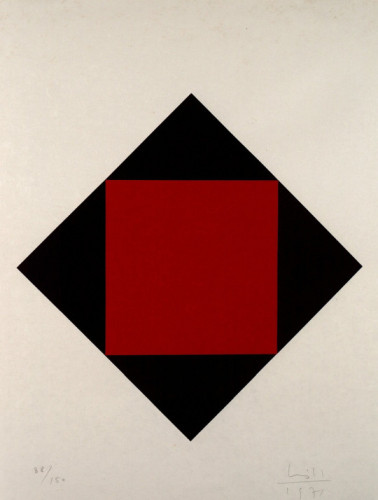
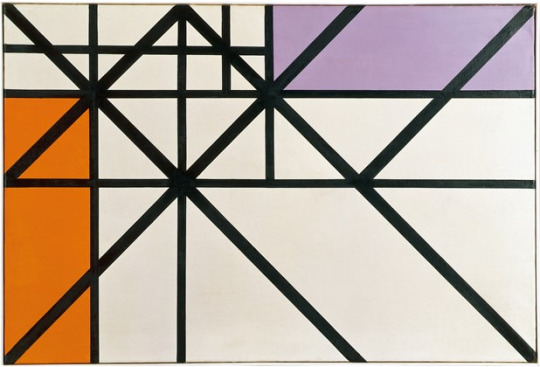

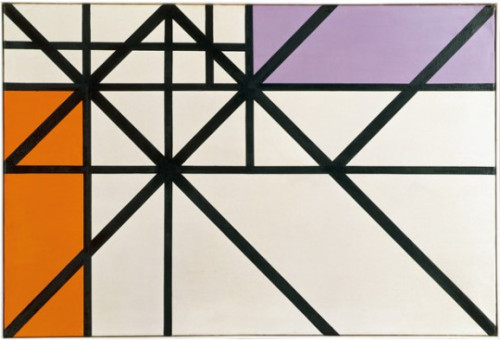
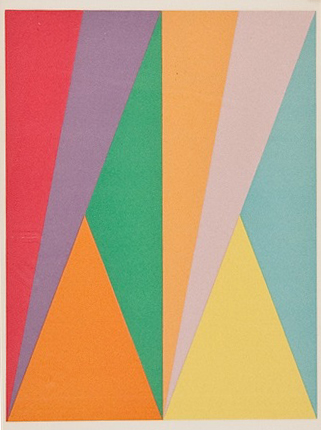

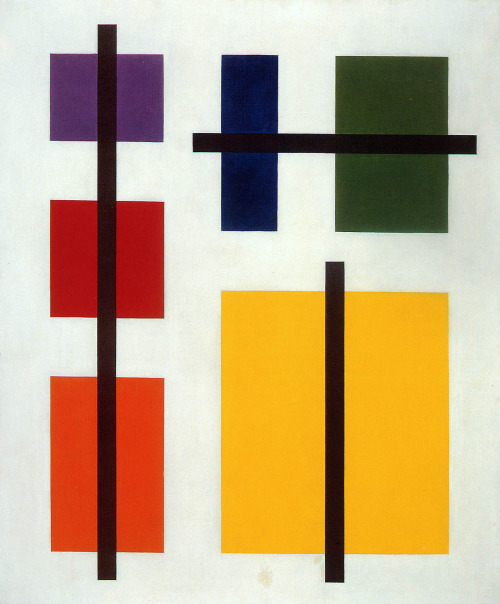

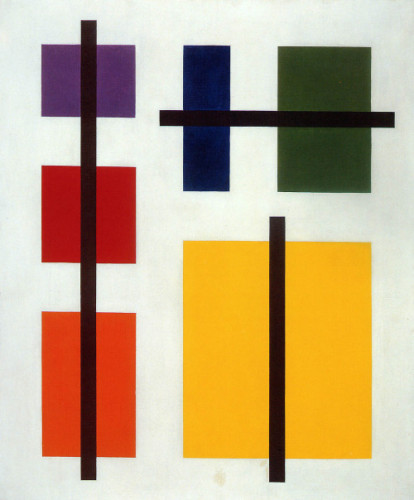
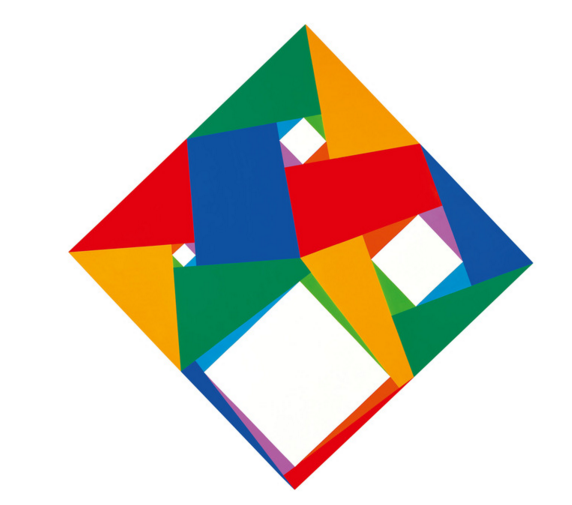

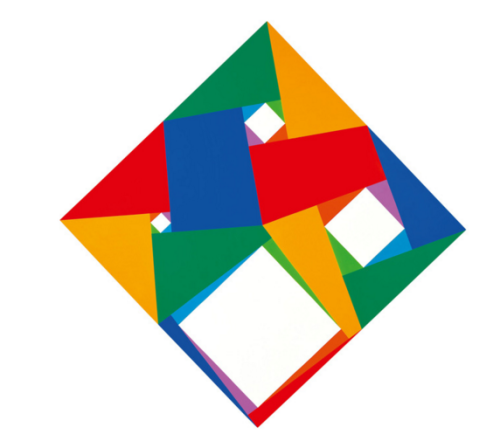
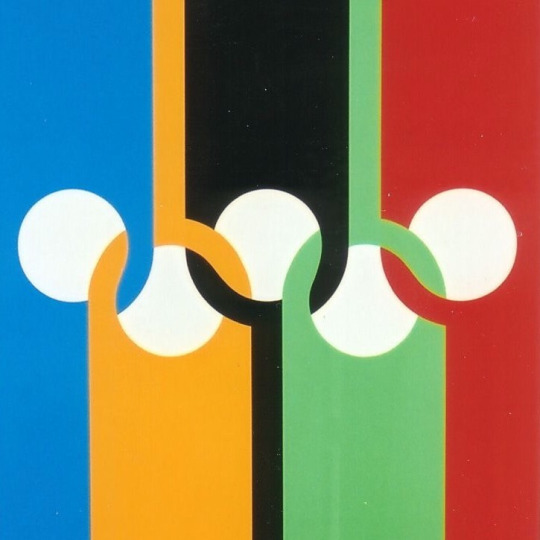

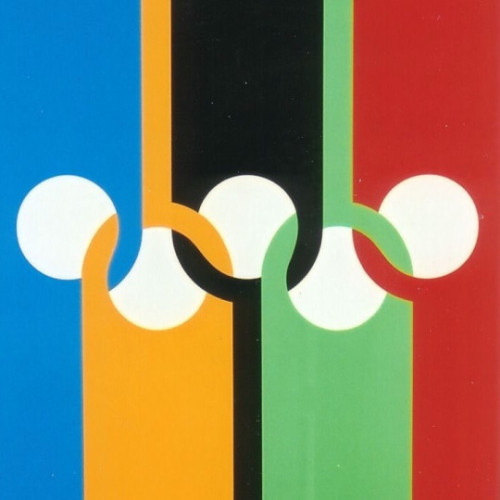
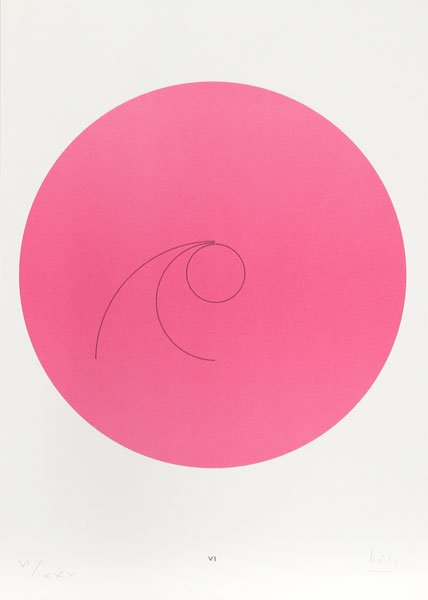

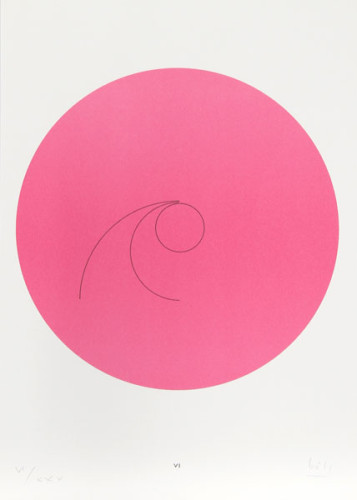
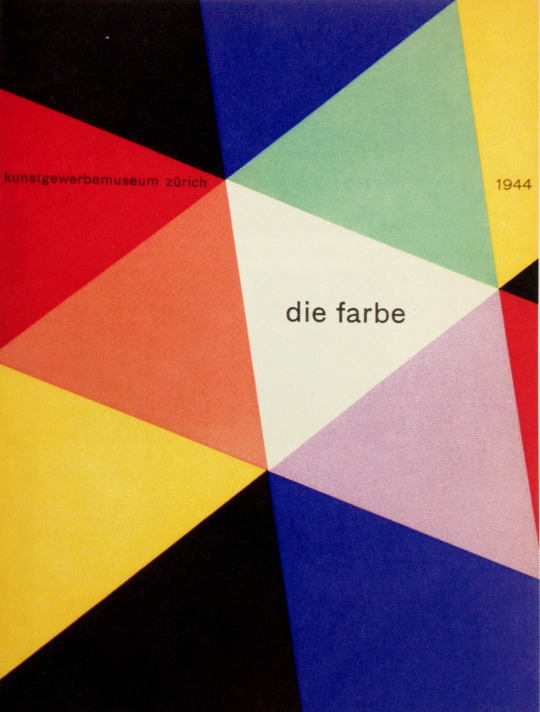

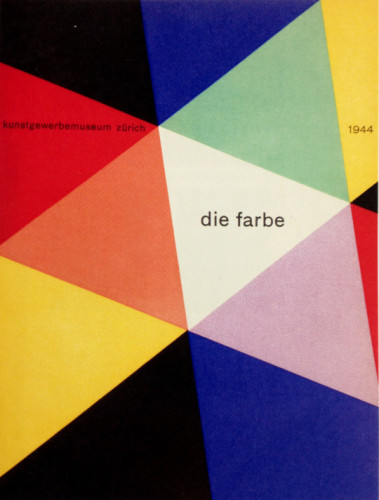
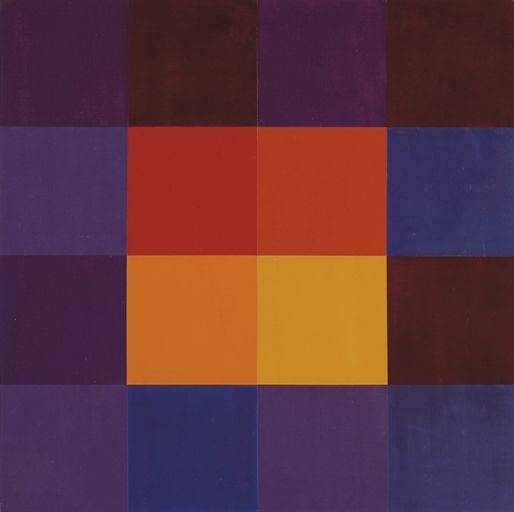

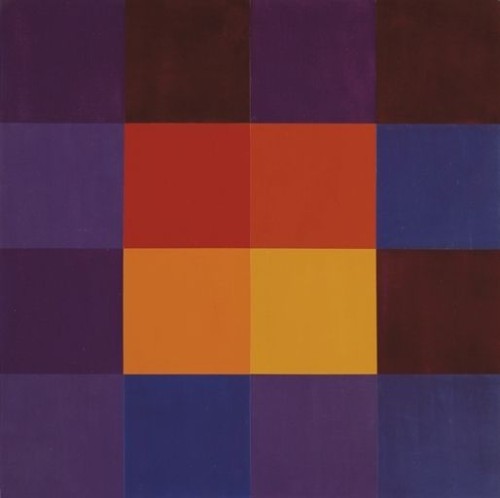
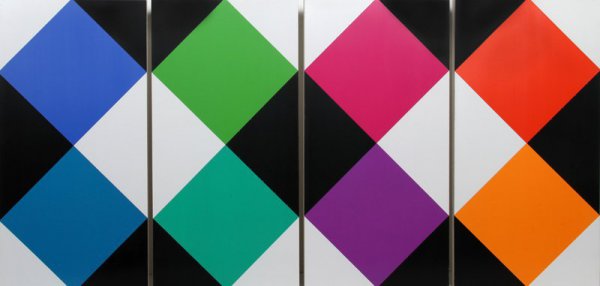

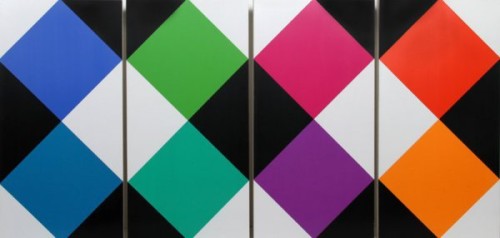

Leave a Reply
You must be logged in to post a comment.